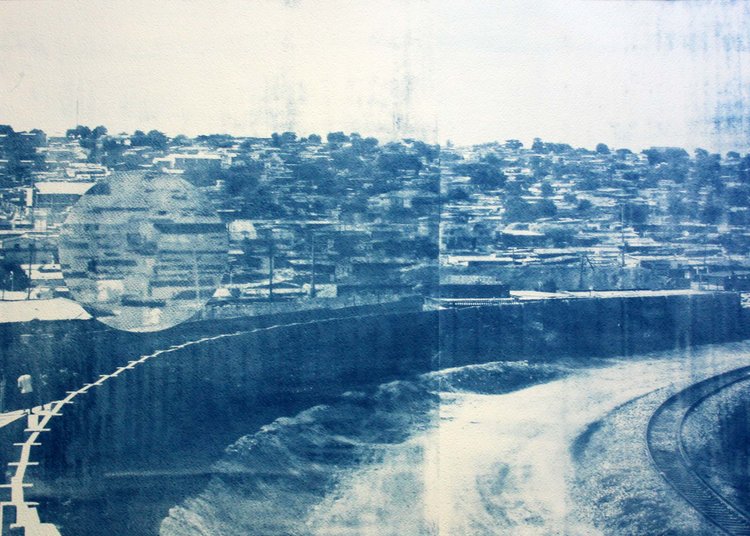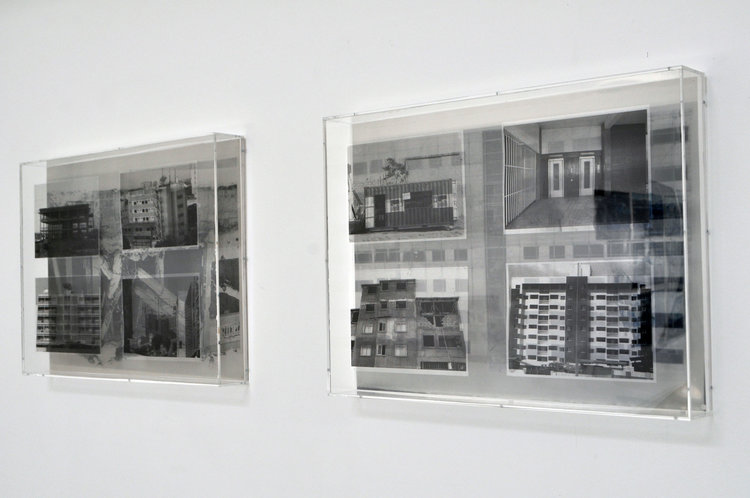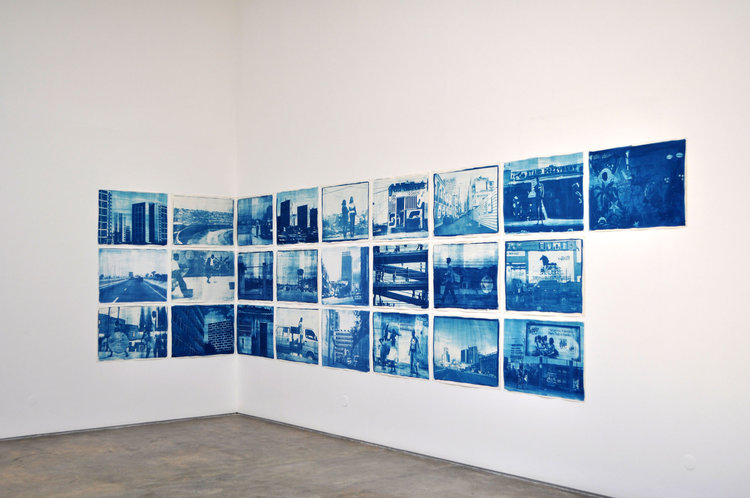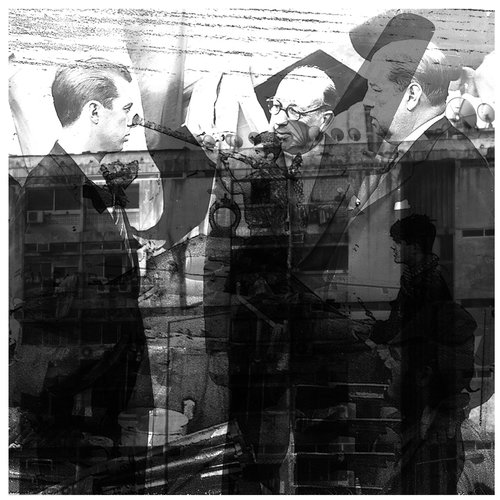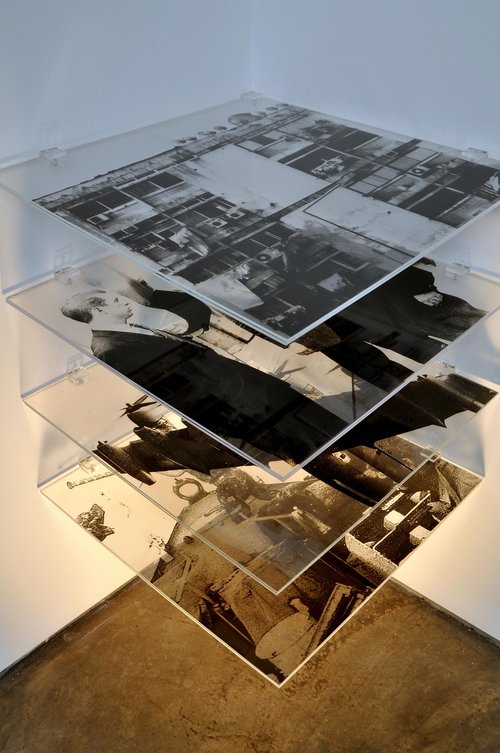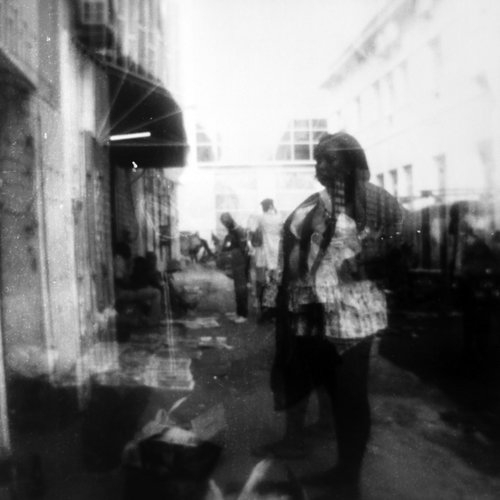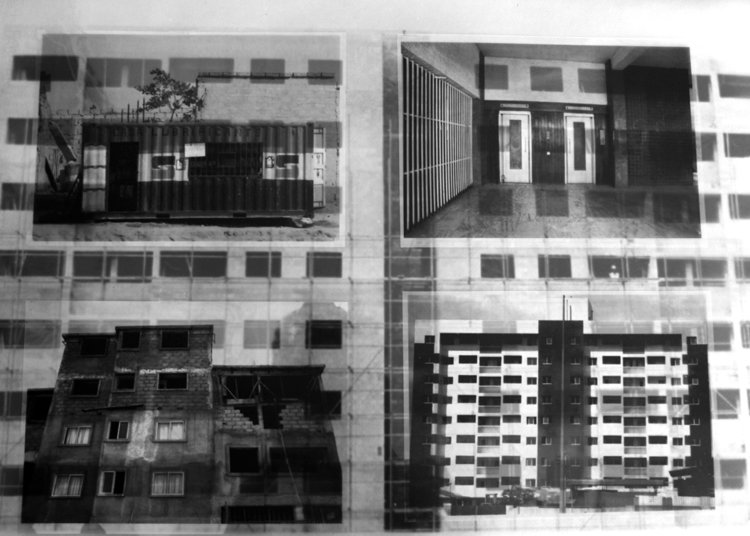HABITABLE MEMORY: FROM THE DOCUMENT TO THE PLACE’S CONSTRUCTION
Terreno Ocupado, Délio Jasse
until 13th September 2014, Baginski | Project's Gallery, Lisboa
A place is always an erecting construction, in time. It is a sequence of events following one to another, a group of overlapped layers. So, any place memory is always a movement of and under transformation: another construction. From our experience of a place we retain and collect fragmented and evocative, personal or collective, truths: (dispersed) mental images, (historical) documents – such as cartographies, catalogs, photographs, diaries, etc.. And then, from our attentive contact with these remains we could get an emerging memory of this place.
Memory and archive are more or less complementary and colective (according to their origin) points of a map wich articulate, potentiate and complete each other. Our relation with them not only motivates but also supports the understanding and the building of a place memory. For this reason, in Terreno Ocupado, the artist tried to edificate a city’s memory starting from his personal relation with the documents he collected from anonymous or from his own archives, in particular, with photographs; because photography is the excelent mean to investigate a personal or a collective memory, once it sends us, in its openness to multiple readings, into a visual recognition sphere, and so, more imediate and more universal.
Délio Jasse presents the building of his hometown’s memory – Luanda. Moved by his work’s goals and by the superation of the plastic limits of photography, he used many analogical printing methods. The colored photographs and their superposition in transparent layers, create surprisingly liquid and malleable images, wich transport an hard and complete narrative, challenging the usual intim and contemplative feature of a document, and calling the observer to get directly involved in the building of the place memory (as an habitable space). This intention is enhanced by the unfinished images’ construction at the gallery’s wall, that reforces the role of participant assigned to the spectator, and exalted, in the end, when some of those objects exceed their bidimensionality for filling a tridimensional space wich involves also and directly the human body.
At the galery, Luanda appears as a place of confronted, overlapped and mixed times. The city emerges from a dinamic construction of a place memory, based on an amplification of the documental, narrative, constructive and artistic value of the archive; specially the photography. The photographic support, as a remain of a place - an event, time, speed, group of different readings - opens to us a space between reality and creation where, naturally, is grounded the (poetic) building of this place memory, eminently completed.
All images courtesy by Délio Jasse

